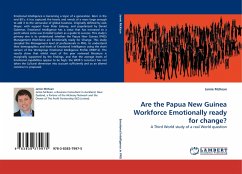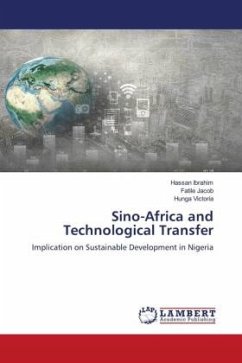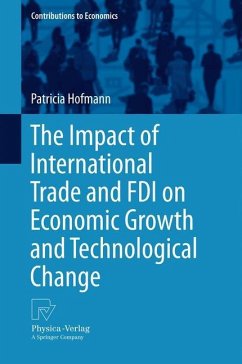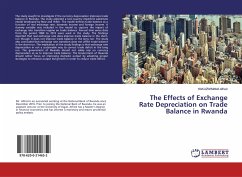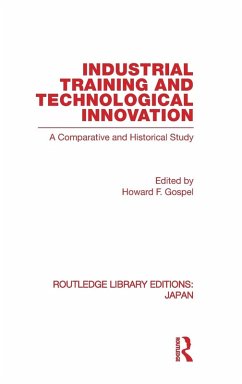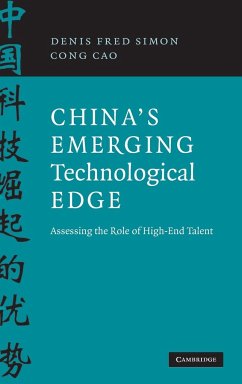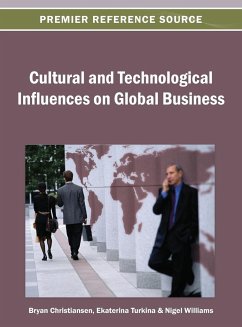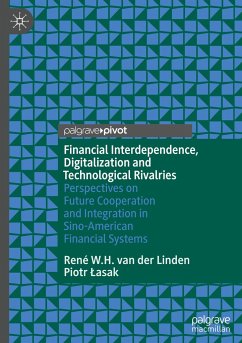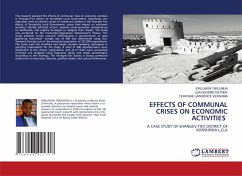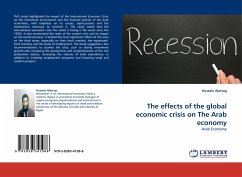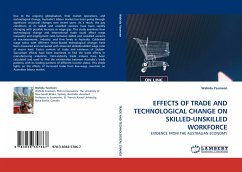
EFFECTS OF TRADE AND TECHNOLOGICAL CHANGE ON SKILLED-UNSKILLED WORKFORCE
EVIDENCE FROM THE AUSTRALIAN ECONOMY
Versandkostenfrei!
Versandfertig in 6-10 Tagen
52,99 €
inkl. MwSt.

PAYBACK Punkte
26 °P sammeln!
Due to the ongoing globalisation, freer market operations, and technological change, Australia s labour market has been going through significant structural changes over recent years. As a result, the pay conditions of its skilled and unskilled workers have been rapidly changing with possible increase in wage gap. This study examines how technological change and international trade could affect wage inequality and employment ratio between skilled and unskilled workers at macroeconomic, industry, and firm levels in Australia. Calibrated wage ratios with different factor-biased technological cha...
Due to the ongoing globalisation, freer market operations, and technological change, Australia s labour market has been going through significant structural changes over recent years. As a result, the pay conditions of its skilled and unskilled workers have been rapidly changing with possible increase in wage gap. This study examines how technological change and international trade could affect wage inequality and employment ratio between skilled and unskilled workers at macroeconomic, industry, and firm levels in Australia. Calibrated wage ratios with different factor-biased technological changes have been measured and compared with observed skilledunskilled wage ratio at macro level. Factor content of trade and existence of Stolper- Samuelson effects have been examined to find the trade effects in manufacturing industries. Intra-industry trade indexes have been calculated and used to find the relationship between Australia s trade patterns with its trading partners of differentincome status. This sheds lights on the effects of increased trade from low-wage countries on Australian labour market.



